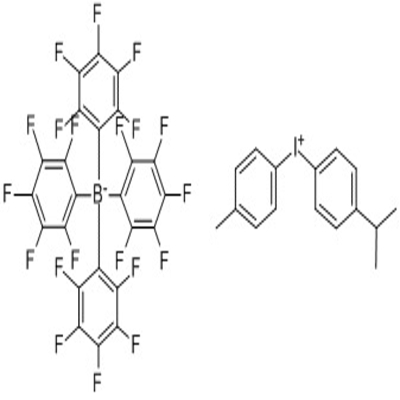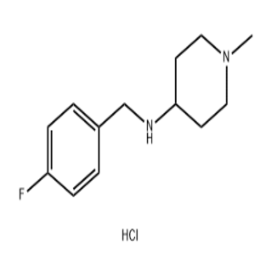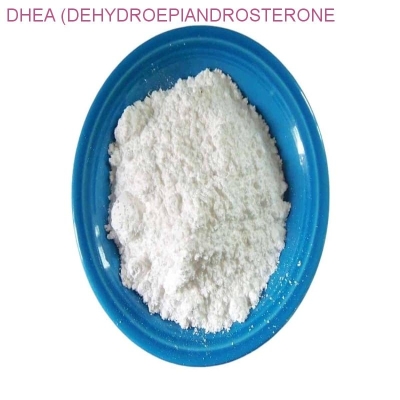New U.S. rules boost antibiotic research
-
Last Update: 2020-07-04
-
Source: Internet
-
Author: User
Search more information of high quality chemicals, good prices and reliable suppliers, visit
www.echemi.com
drug-resistant bacterial infections are growing at an alarming rate, while pushing the problem of the lack of new antibiotics in the research and development line to the forefrontUnder pressure from public opinion, U.Sauthorities have been able to focus on the new Guidelines for Clinical Trials of Antibiotics, hoping to help address antibiotic deficiencies
late last year, the FDA issued long-awaited guidelines for clinical trials of anti-infective drugsThe guidelines for clinical trials of anti-infective drugs were included in the Prescription Drug User Charges Act (PDUFA) enacted in September as part of the Fourth Act, driven by the American Society for theof Infections andDiseases (IDSA)The newly issued guidelines for clinical trials of anti-infective drugs are intended to further improve and strengthen the development of anti-infective drugsresistance is stronger than tiger
In the United States, drug-resistant community-acquired pneumonia andhospitalsacquired pneumonia have grown at an alarming rate in recent years, all of which require more innovative anti-infective drugsOther drug-resistant bacteria are also evolving, and existing anti-infective drugs are becoming increasingly powerless against drug-resistant bacteria"In this tough situation, what we can do now is wash more hands to reduce the spread of drug-resistant bacterial infections," said Brad Spellberg, a researcher at the of Infectious Diseases at the University of California, Los Angeles We urgently need new anti-infective drugs to combat drug-resistant bacteria "
at the same time, the anti-infective drug development line is nearly drying up Stuart Levy, a microbiologist at Tufts University in the US, said: "The drug development line is now pretty poor, especially for anti-infective drugs that can really deal with hard bones such as pseudomonas and monolicobacteria." "In the past 10 years, the FDA has approved 10 new anti-infective drugs, but only two of them have innovative mechanisms There are 14 anti-infective drugs being developed, but this is down from the peak of more than a dozen anti-infective drugs a year 25 years ago The PDUFA IV amendment is primarily intended to improve the way new anti-infective drugs are developed, and within the next year, the FDA will publish guidelines for anti-infective drugs The first draft guidelines published are primarily clinical clinical studies of acute bacterial sinusitis (ABS), which will also publish guidelines for clinical trials of acute bacterial otitis, chronic bronchitis secondary acute bacterial infections, and other anti-infective drugs In the past, the FDA has required non-offensive clinical trials, meaning that new drugs must prove no worse than existing drugs The new guidelines state that non-poor clinical trial designs are not suitable for many antimicrobial drugs and need to be replaced with blank controlled clinical trials In the case of acute bacterial sinusitis, patients may be naturally improving or are not using antibiotics, so it is difficult to determine which drug is effective But it must also be acknowledged that non-offensive clinical trials are sometimes necessary "Blank-controlled clinical trials are not appropriate for those more deadly infections, so non-poor clinical trials remain a more appropriate option," said Edward Cox, an FDA official Robert Guidos, director of public policy at the American Society for the of Infection diseases, , expressed his delight at the FDA's long-delayed guidelines for clinical trials of acute bacterial sinusitis He added that the organization had not yet taken the time to review the principle "The more guidance the FDA provides people with guidance on drugs in development, the better the situation that pharmaceutical companies face," said Barry Eisenstein, senior vice president of the Cubs' Department of Pharmaceutical Sciences, for developers Because, the pharmaceutical industry is constantly speculating about what kind of clinical trials to obtain indications approval "
but some argue that the new guidelines raise the bar for clinical trials too high "I think it's too difficult for pharmaceutical companies to complete clinical trials of bacterial sinusitis," Spellberg said Levy agrees: "With more patients coming into the group, clinical trials will cost more." Pharmaceutical companies need to at least decide whether the type of disease is in the community or hospital
more "
all clinical trials of anti-infective drugs will face the challenge of finding enough patients to be enrolled because they are less common and must also determine which patients have the diseasethat that really needs to be studied." Good-performing diagnostic reagents will enable these problems to be solved quickly Small bio-companies and some multinational companies, such as TheraEDGE, which has European pharmaceutical and academic research institutions, are at the forefront of researching this technology Last January, TheraEDGE launched a project Jordi Carrera, NTE's biomedical manager and coordinator of the project, said the project uses molecular diagnostic devices to identify pathogenic bacteria that cause community-acquired lower respiratory tract infections within 20 minutes, and the current diagnostic method takes several days The best clinical trial design sedations and diagnostic techniques are the first step in the right direction in the development of anti-infective drugs But experts say many pharmaceutical companies need to return to antibiotic manufacturing In recent years, pioneers in anti-infective drugs such as Lilly and Sanofi-Avant have left the field While small companies are doing their best to screen promising drug candidates, they often need to leverage the resources of large pharmaceutical companies to get them into clinical trials and eventually to market "We've creatively re-entered the competition with big pharmaceutical companies, although small biopharmaceutical companies are filling the gap," Levy said The American Society for Infectious Diseases has also made the following three recommendations for the development of anti-infective drugs, including liability protection, patent extension and enhanced government procurement commitments In September, Congress raised the prize money and funding for orphan drugs from $25 million to $30 million While these grants have yet to be released, the American Society for Infectious Diseases hopes to receive similar funding for the development of anti-infective drugs The search for more drug candidates biotechnology companies and pharmaceutical companies are moving toward more candidates Especially in the mid-1990s, many companies turned to high-throughput screening of compounds in the compound library to identify targets for new anti-infective drugs Karen Bush, a microbiologist at Johnson and Johnson, said that while they identified many new targets, the method was unsuccessful "No drug has entered the clinical phase except for one of the newly identified targets that has entered phase I clinical trials," she said The result was rather disappointing and frustrating As a result, many companies have begun to replace high-throughput screening with more traditional methods Cubist Pharmaceuticals is collecting samples of natural drugs evaluated worldwide But as Eisenstein points out, screening of natural products is human-intensive, and the reality is that the lower the fruit, the more likely it is to be picked up Cubist and other companies are revisiting old compounds, retouching them and looking for new ways to overcome drug resistance For example, the world's first glycopein, a semi-synthetic derivative of tetracycline, was developed by Wyeth, which has been shown to be effective against tetracyclinine-positive gram-positive and gram-negative bacteria Cerexa and Johnson and Johnson are working together to develop a broad-spectrum cephalospora for anti-MRSA infection, which is now in Phase III clinical Pharmaceutical companies are looking for ways to find new anti-infective drugs Companies such as Mutabilis and Paratek are working together to find small molecular inhibitors that make Gram-positive and Gram-negative bacteria less bacterially viable Novozymes is developing anti-infective peptides for pneumonia and other diseases Eisenstein says these countless jobs are critical in the race against the bacteria that are constantly adapting "Even the best new anti-infective drugs, drug-resistant bacteria will still appear as long as you use them for a period of time."
This article is an English version of an article which is originally in the Chinese language on echemi.com and is provided for information purposes only.
This website makes no representation or warranty of any kind, either expressed or implied, as to the accuracy, completeness ownership or reliability of
the article or any translations thereof. If you have any concerns or complaints relating to the article, please send an email, providing a detailed
description of the concern or complaint, to
service@echemi.com. A staff member will contact you within 5 working days. Once verified, infringing content
will be removed immediately.







